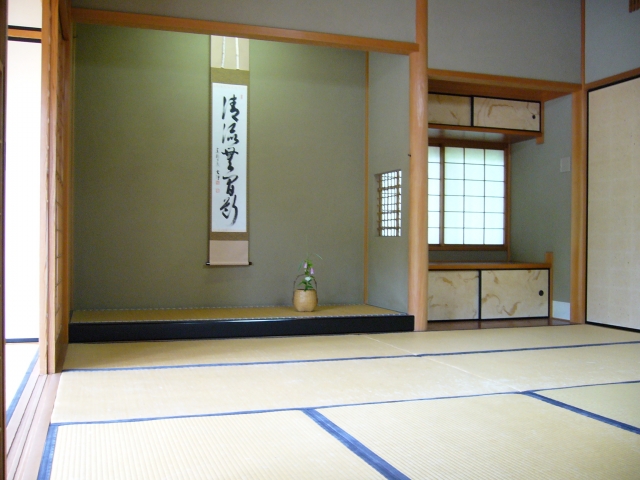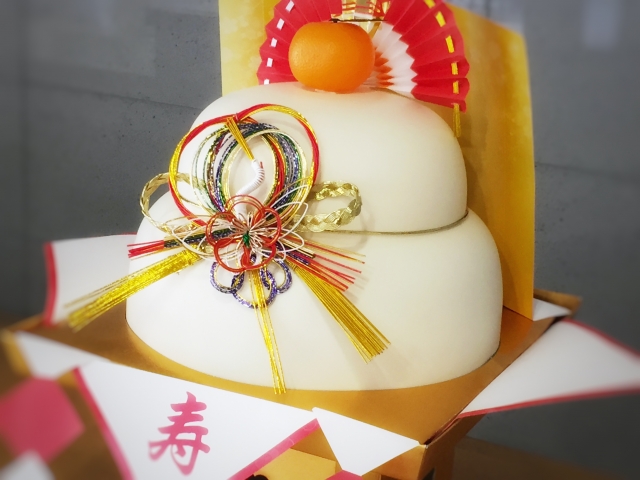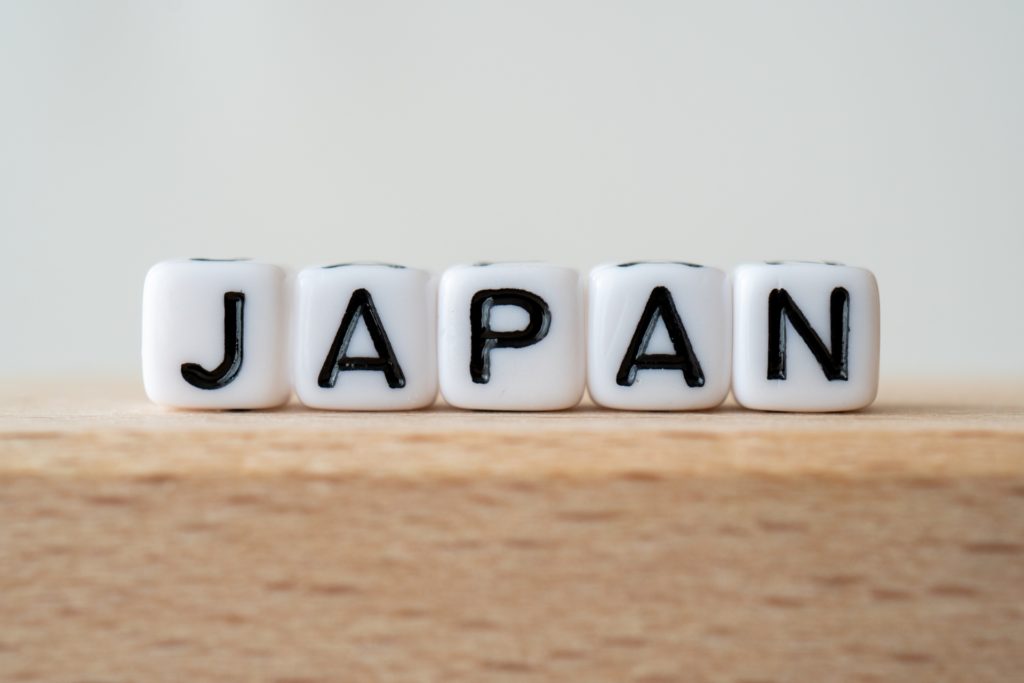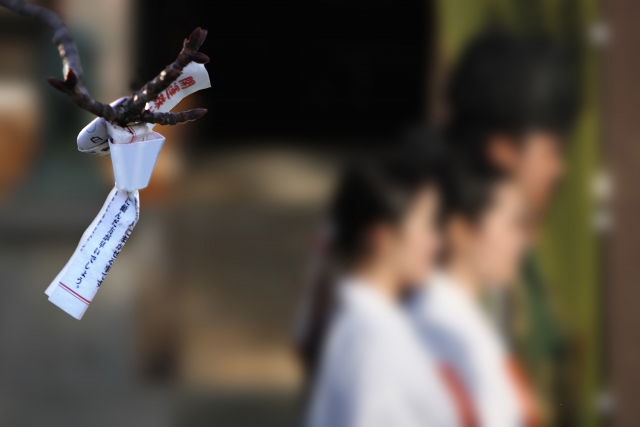
After the Meiji era (1868-1912), Japan adopted the Gregorian calendar (new calendar), and the 12 months of the year are now represented by the numbers 1 to 12.
In ancient Japan, the “lunar calendar” (lunisolar calendar) was used based on the phases of the moon, and the names of months were expressed in a “Japanese style” to give a sense of the season of each month.
The “Japanese style name of the month” of the lunar calendar have a sense of season and elegance.
There are many different Japanese names for the months, but we will tell you the most common ones.
| Month | English Notation |
Japanese style |
Outline |
| 1月 | January | Mutsuki | The name of the month is usually derived from the word “Musubi-tsuki” which was changed to “Mutsuki”. “Musubi-tsuki” is the month in which families and relatives gather for a New Year’s feast, with the meaning of “getting along,” “getting along well,” and “getting to know each other”. |
| 2月 | February | Kisaragi | The name “Kisaragi” originates from the fact that this is the month to wear more “kimonos” since it is still cold in February of the lunar calendar. (There are various theories.) |
| 3月 | March | Yayoi | The word “Ya” in “Ya-yoi” means “good” or “increasingly good,” and the word “Yoi” means “budding,” meaning the time when plants and trees gradually sprout. |
| 4月 | April | Uduki | The name “Uduki” comes from the abbreviation of “the month when the rabbit(U) flowers bloom”. |
| 5月 | May | Satsuki | The name “Satsuki” is derived from “Sanaezuki” which means “the month of rice planting”. |
| 6月 | June | Minaduki | There is a theory that the “na” in “Mi(na)duki” is a coordinating particle of “no,” meaning that there is no water, but rather “the month of water”. |
| 7月 | July | Fuduki | There is a famous origin story that “Hofumizuki” and “Fukumuzuki” were changed to “Fuduki” because the ears of rice swell up as the harvest approaches. |
| 8月 | August | Haduki | The name of the month is derived from “Hohariduki” or “Hariduki,” the month when the ears of rice plant grow. |
| 9月 | September | Nagatsuki | The most famous origin of this name is that it was called “Yonagatsuki,” which describes the way the days get shorter and the nights get longer and longer after the autumnal equinox, and was shortened to “Nagatsuki”. |
| 10月 | October | Kan-na-duki | The origin of this name is that during this month, Kamis from all over Japan gather at Izumo Taisha Shrine, and the countries are devoid of kamis. |
| 11月 | November | Shimotsuki | There is a story that “frosty month” was abbreviated to “Shimotsuki”. |
| 12月 | December | Shiwasu | There is an origin of the name “Shiwasu,” which means the month in which a master monk travels from east to west to give sutras. |
There are many theories about the origin of this name.
Many of the origins are related to agriculture and are not certain.
Japanese style name of the month are filled with the thoughts of our ancestors who lived in harmony with the seasons.
What kind of thoughts did they put into the words?







